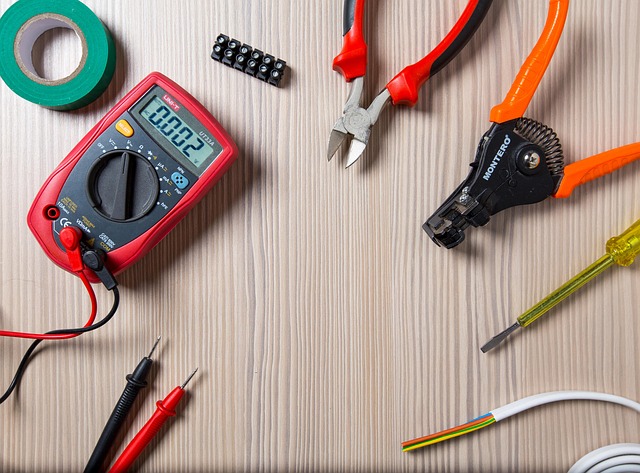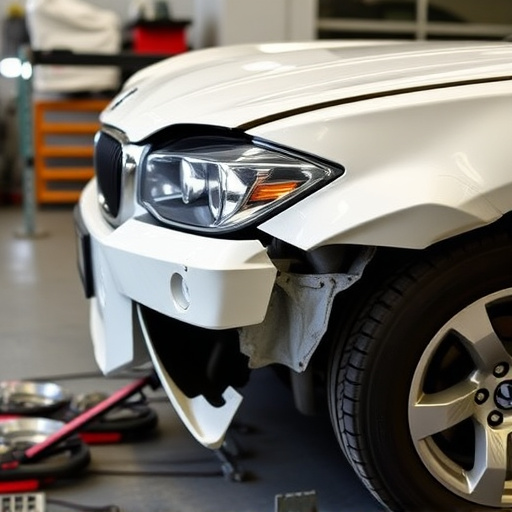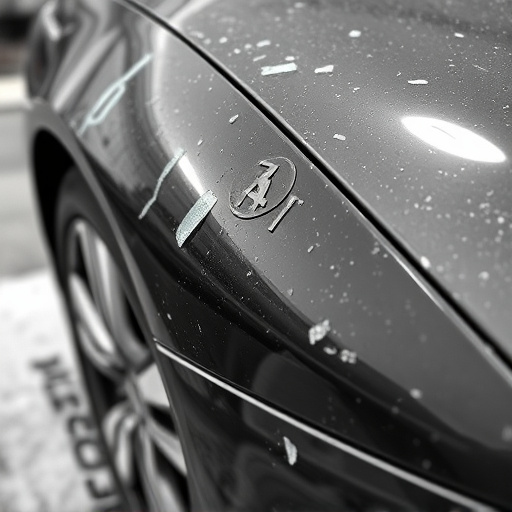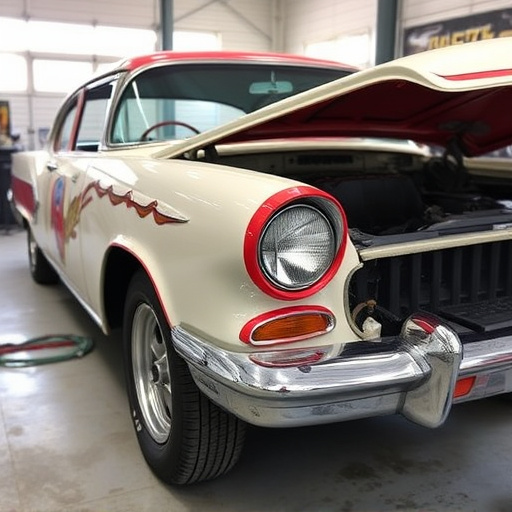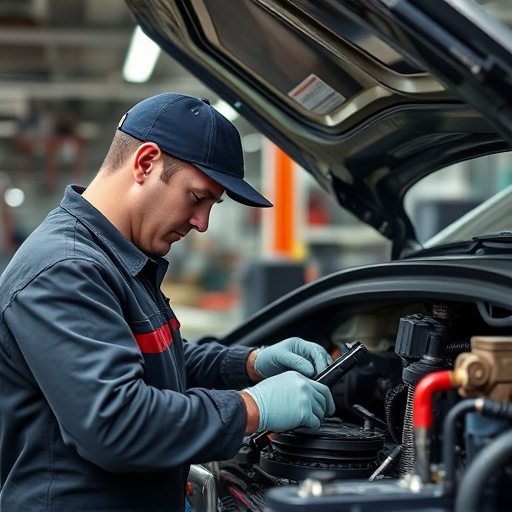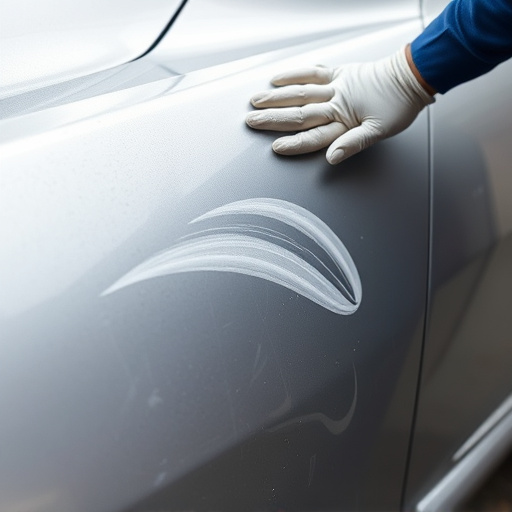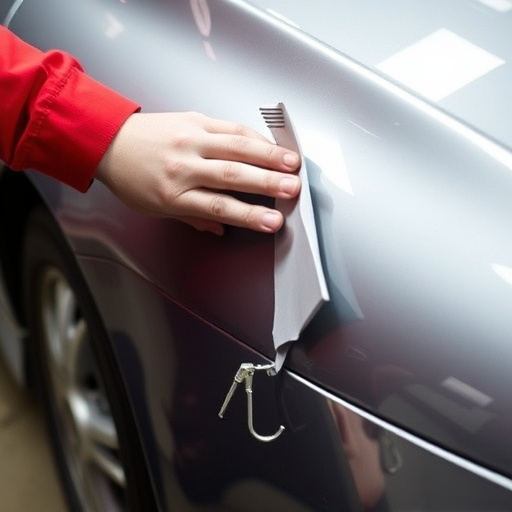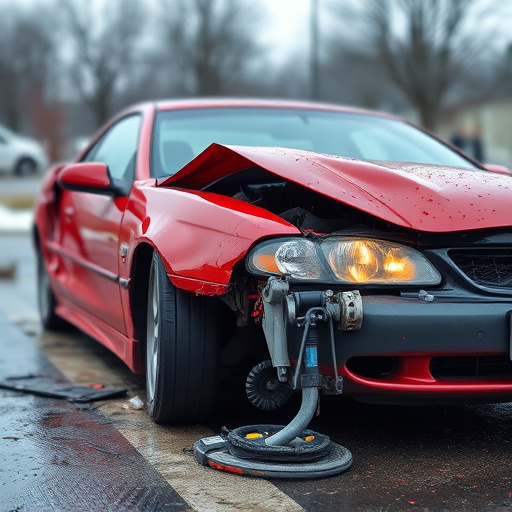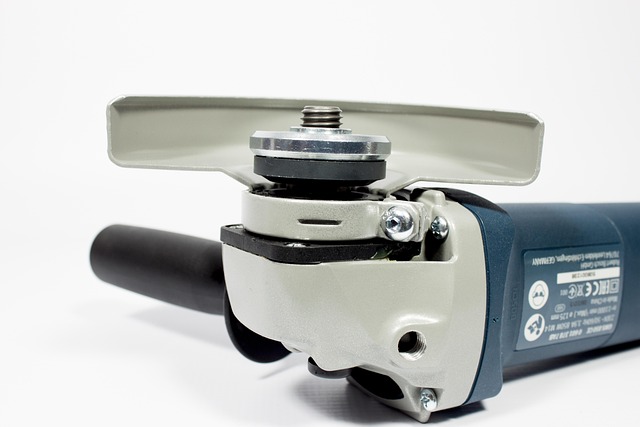Post-vehicle body repair calibration is vital for optimal performance of safety systems like airbags, brake assist, and stability control. Specialized tools, including diagnostic scanners and torque wrenches, are required to accurately adjust modern car electronics and ensure seamless operation without compromising passenger safety. Mechanics with up-to-date tools play a crucial role in providing peace of mind, especially for luxury brands like Mercedes Benz. The process involves identifying affected components, thorough inspections, testing, and adhering to manufacturer guidelines for regular recalibration intervals.
After a vehicle body repair, ensuring the safety systems are accurately calibrated is crucial. This comprehensive guide explores the essential steps and tools required to restore your car’s safety features to optimal performance. We delve into understanding the unique calibration needs post-repair, providing a step-by-step process to guarantee your vehicle’s advanced driver assistance systems (ADAS) function flawlessly on the road.
- Understanding Post-Repair Calibration Needs
- Essential Tools for Accurate Calibration
- Step-by-Step Guide to Restoring Safety Systems
Understanding Post-Repair Calibration Needs
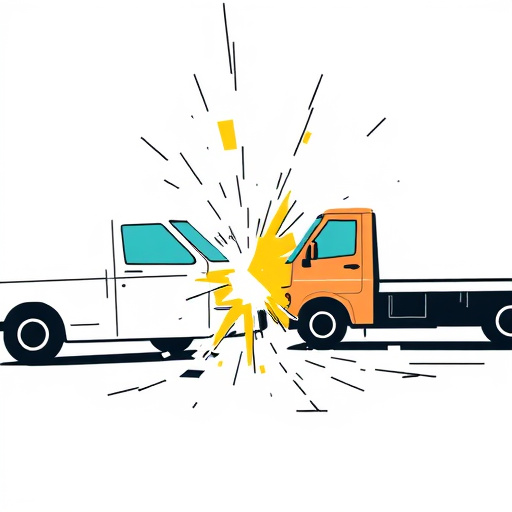
After a vehicle body repair, understanding the calibration needs is paramount. Every car undergoes intricate transformations during such processes, from dent removal to panel replacement and structural adjustments. These changes can alter the vehicle’s sensors and systems, including safety features like airbags, brake assist, and stability control. Therefore, post-repair calibration ensures these critical systems function optimally and safely on the road.
The process involves meticulous adjustments to bring sensor readings back to their original specifications. This is especially crucial for luxury vehicles, where advanced safety systems are prevalent. Car repair shops must employ specialized equipment and techniques to calibrate accurately, ensuring the vehicle operates seamlessly without compromising passenger safety during its next journey.
Essential Tools for Accurate Calibration
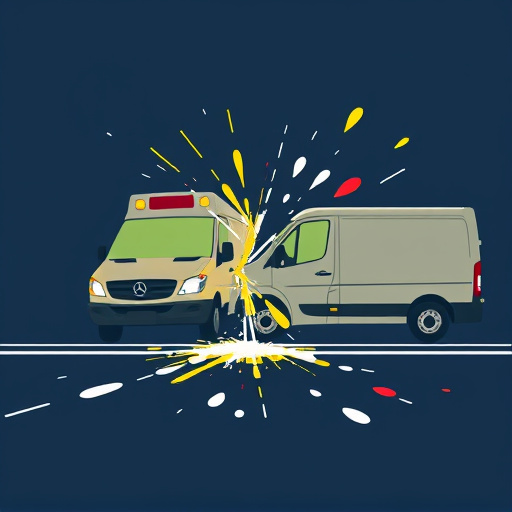
When calibrating safety systems after vehicle body repair procedures, having the right tools is paramount to achieving accurate results. Essential tools for this process include advanced diagnostic scanners capable of interfacing with modern car electronics, as many contemporary vehicles have intricate safety networks that require precise adjustments post-repair. Additionally, specialized torque wrenches are crucial for securing components like airbags and crash sensors, ensuring they function optimally upon system reactivation.
For those seeking reliable auto repair services, especially for complex vehicle body repair scenarios, trusted mechanics equipped with up-to-date tools play a vital role in restoration. Even high-end brands like Mercedes Benz collision repair specialists rely on these instruments to guarantee safety systems are properly calibrated, offering peace of mind to customers looking for top-tier auto repair near me solutions.
Step-by-Step Guide to Restoring Safety Systems
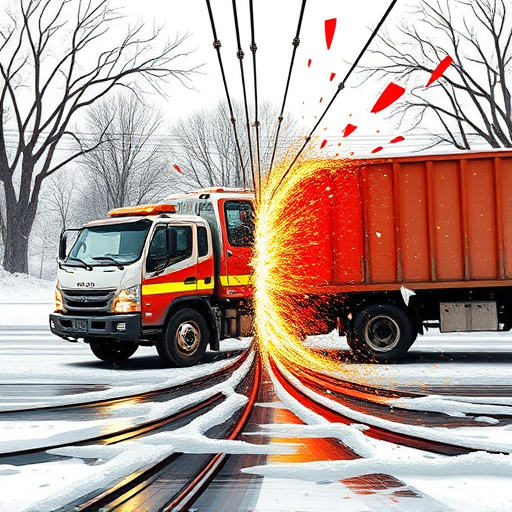
Restoring safety systems after vehicle body repair is a meticulous process that demands precision and adherence to manufacturer guidelines. Begin by identifying all affected safety components—this could include airbags, seatbelts, brake systems, and anti-lock braking mechanisms. Each component requires a unique calibration approach, so consult the specific repair manual for detailed instructions. Start with a thorough inspection to assess any damage or discrepancies; this step is crucial in ensuring the system functions optimally post-repair.
Next, use specialized diagnostic tools to test each safety feature individually. These tools allow for precise adjustments and verifications. For instance, for airbags, you might need to trigger the deployment mechanism while monitoring sensor readings and inflator performance. In the case of car collision repair or auto maintenance, regular calibration checks are essential to maintain peak system efficiency. Follow manufacturer-recommended intervals for recalibration, as timing is critical in ensuring passenger safety during future vehicle operations.
After a vehicle body repair, ensuring proper safety system calibration is paramount. By understanding the specific needs post-repair and utilizing accurate tools, you can effectively restore these critical systems. Following a step-by-step guide guarantees that each component functions optimally, safeguarding both passengers and the driver during future drives. This meticulous process is essential for maintaining peak vehicle performance and safety standards in line with manufacturer recommendations after any vehicle body repair procedures.



